China Expands Cross-Border Cash Pooling Pilot for Multinationals
China's central bank and foreign exchange regulator have announced a sweeping expansion of a pilot program integrating domestic and foreign currency cash pooling for multinational corporations, signaling a bold step toward financial liberalization and yuan internationalization. The initiative, now extended to 16 provinces and cities including Tianjin, Chongqing, and Fujian, promises to reshape cross-border capital management while offering global businesses a strategic advantage in navigating volatile markets.

Policy Evolution: From Pilot to Pan-China Expansion
Launched in 2021 in Beijing and Shenzhen, the integrated cash-pooling framework initially targeted high-tech and manufacturing giants before expanding to 10 regions in late 2024. The latest move reflects Beijing’s urgency to streamline capital flows amid global supply chain realignments and currency wars.
Under the revamped rules, multinationals gain unprecedented autonomy:
·Debt Flexibility: Companies can self-determine external debt and overseas loan concentration ratios under a macroprudential framework.
·One-Stop Settlement: Domestic master accounts now handle centralized RMB and foreign currency transactions for overseas subsidiaries, slashing settlement times by up to 40%.
·Yuan Fast Lane: Simplified RMB cross-border settlements—a nod to China's ambition to position the yuan as a trade currency rivaling the dollar and euro.
"This isn't incremental reform; it's a regulatory reset," said Li Wei, a financial policy analyst at the Chinese Academy of Social Sciences. "Firms can now treat China as a global liquidity hub rather than a siloed market."
Global Enterprises in the Crosshairs
For multinationals like Siemens and Nestlé, which manage billions in cross-border flows, the policy offers a tactical edge. Centralized treasury management reduces exposure to forex volatility while enabling just-in-time liquidity allocation—a critical tool amid U.S.-China tech decoupling and European energy crises.
Consider the case of Automobili Lamborghini, which slashed settlement costs by 28% after joining Shanghai’s pilot program. "We reallocated €50 million from idle RMB balances to EV battery investments in three days," said CFO Paolo Poma. "This kind of agility wasn't possible under segmented pooling regimes."
Risk Mitigation: The Regulator's Tightrope
While promoting efficiency, the PBOC insists on "opening the window but installing a screen"—a metaphor for calibrated liberalization. Two-way macroprudential oversight and real-time transaction monitoring aim to prevent hot money from destabilizing the system.
SAFE Director Pan Gongsheng likened the approach to "driving on ice: accelerate too fast and you skid; brake too hard and you stall." The regime’s credibility hinges on balancing innovation with stability.
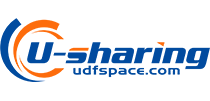







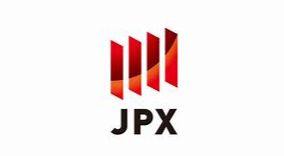
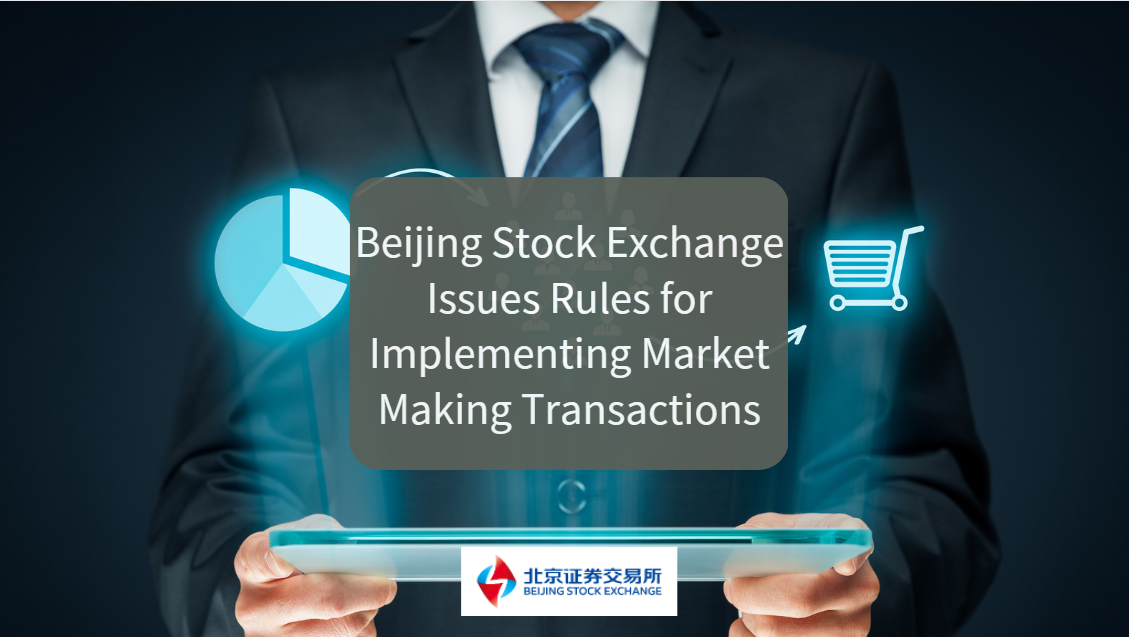
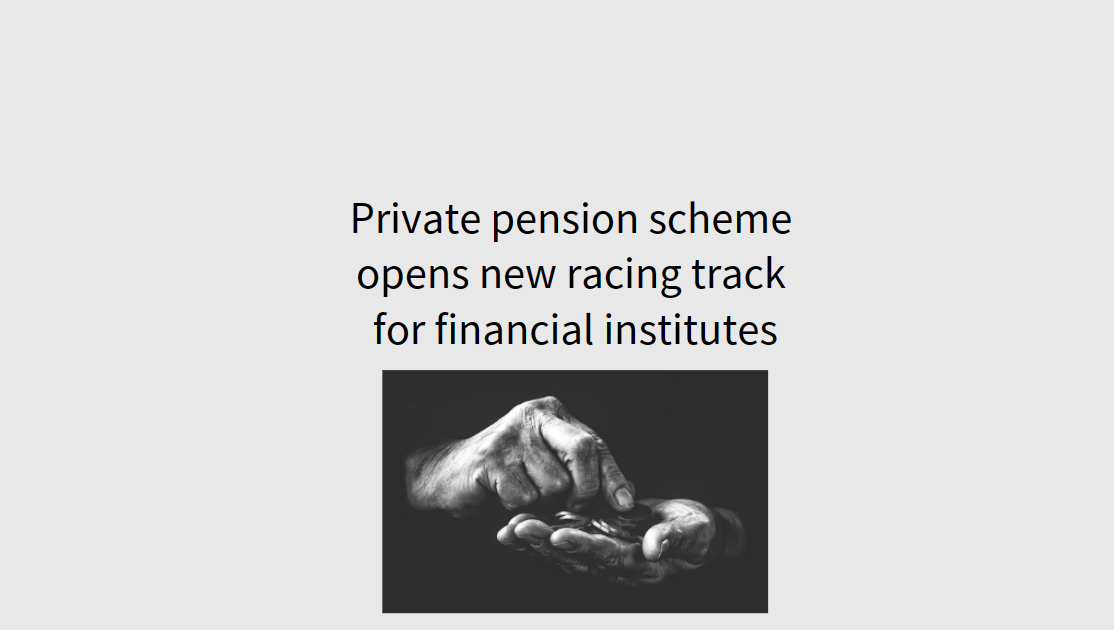
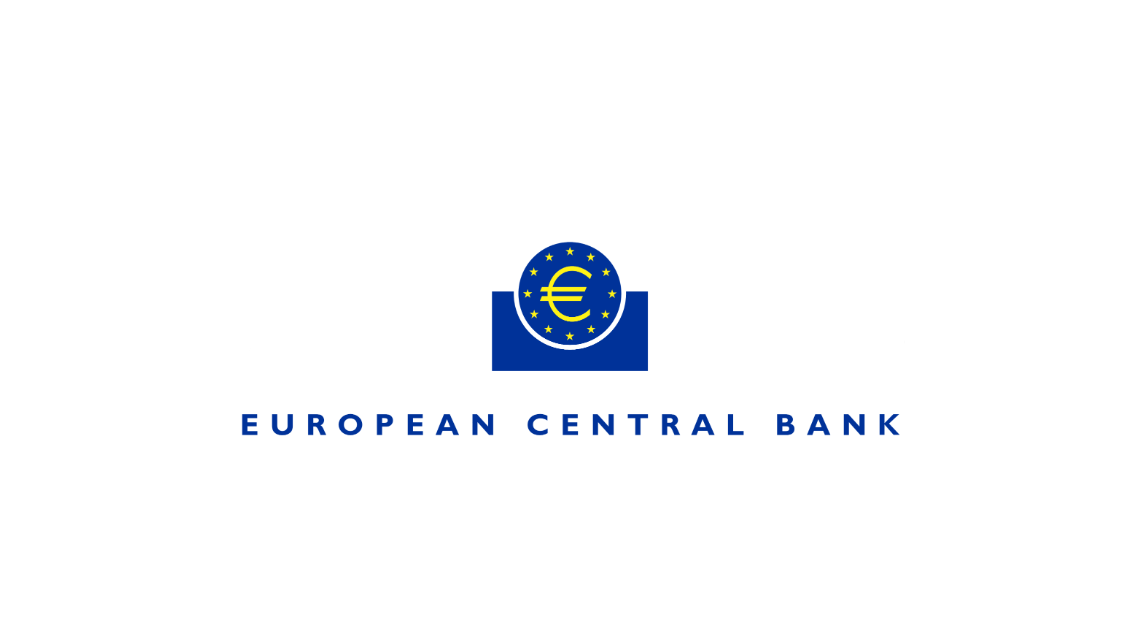
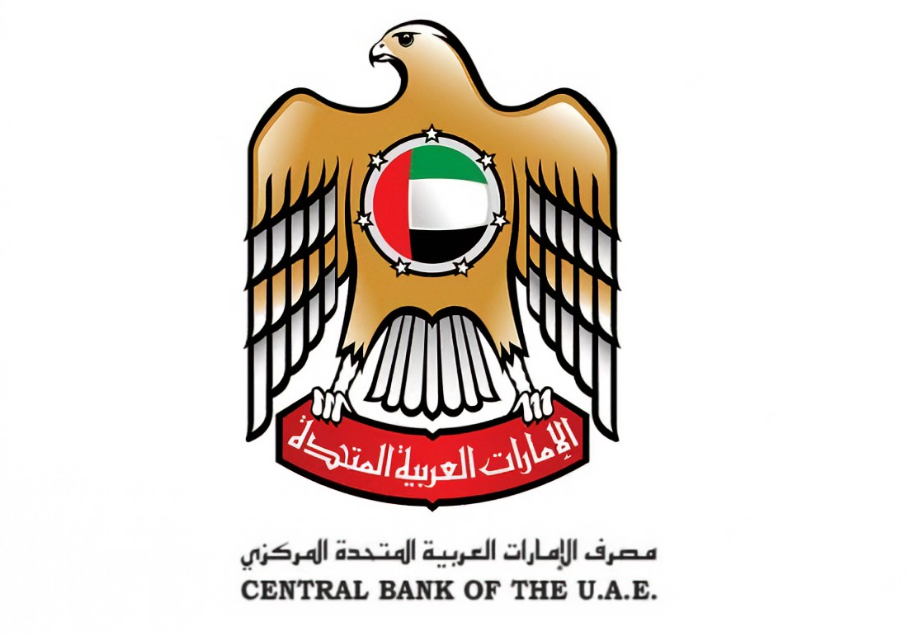
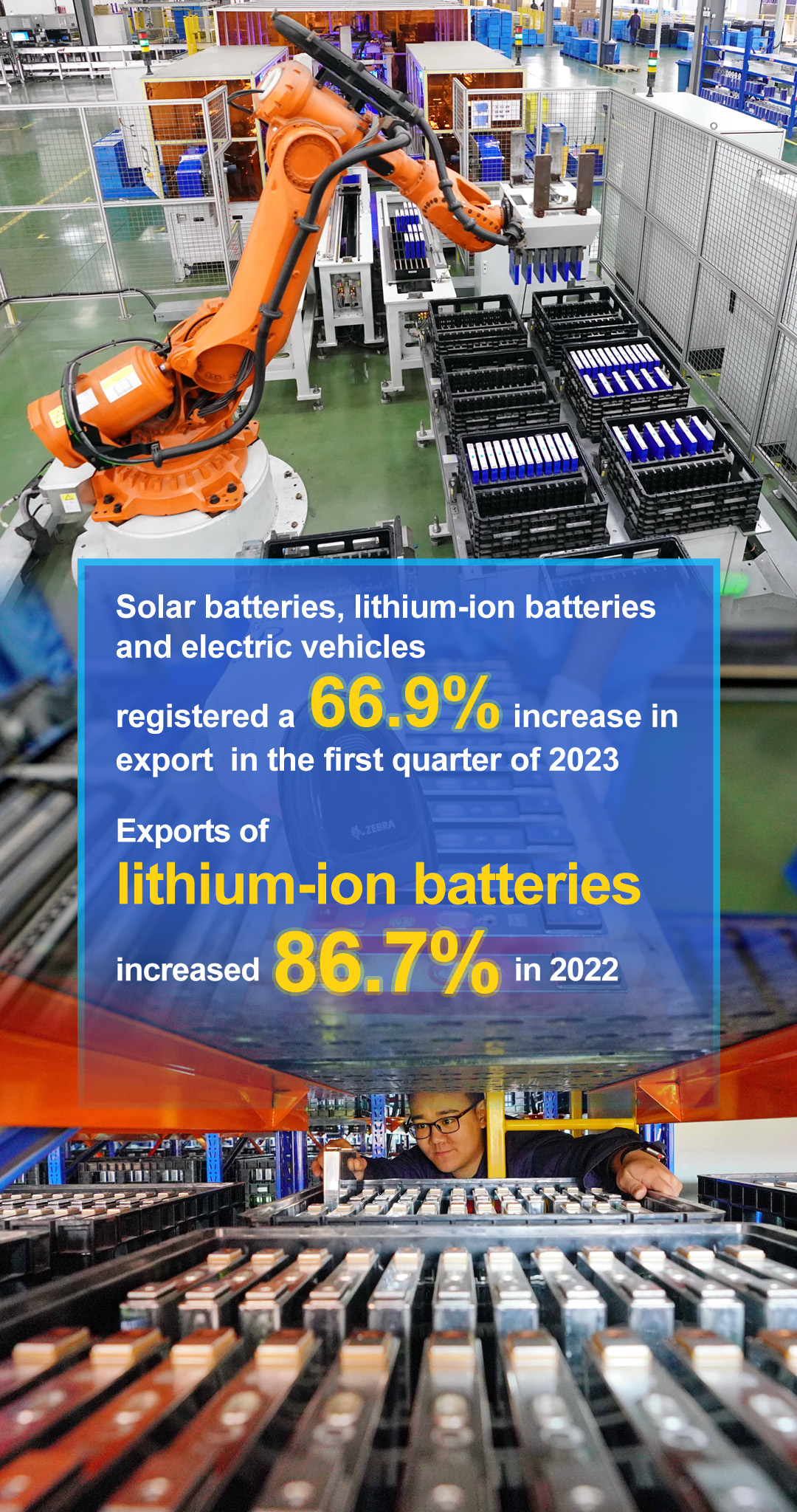

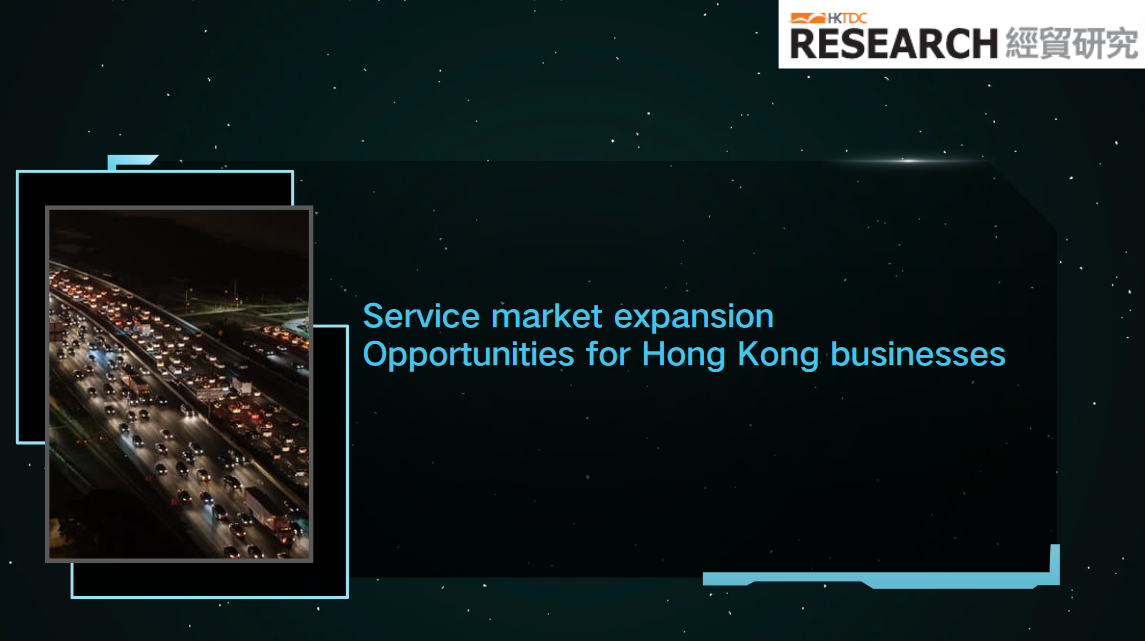
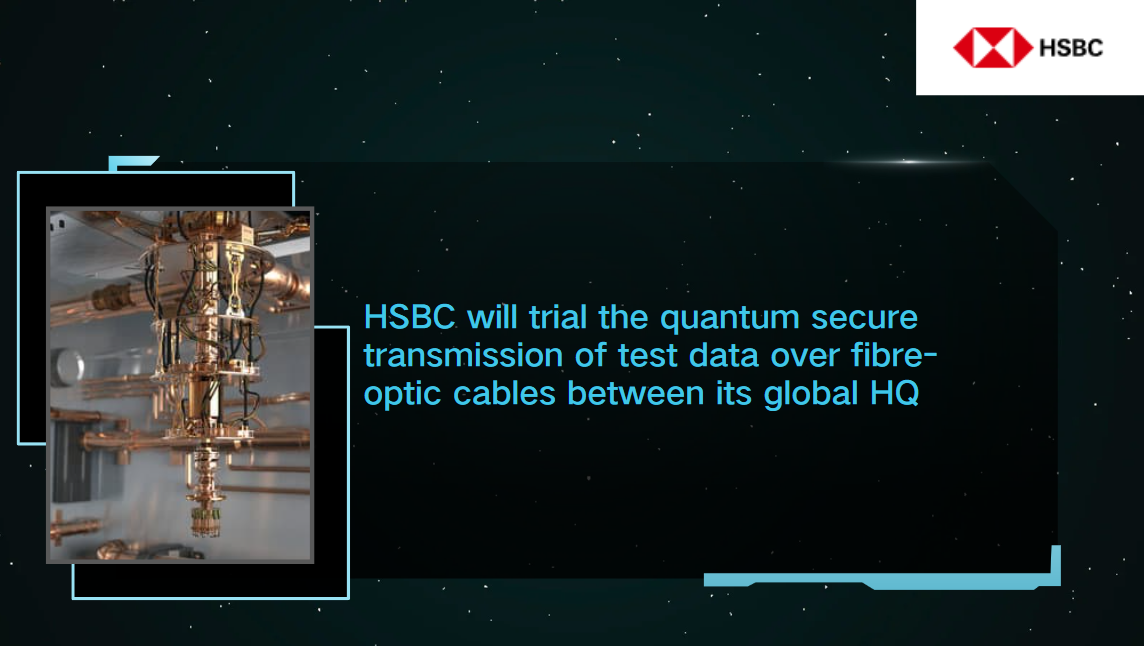
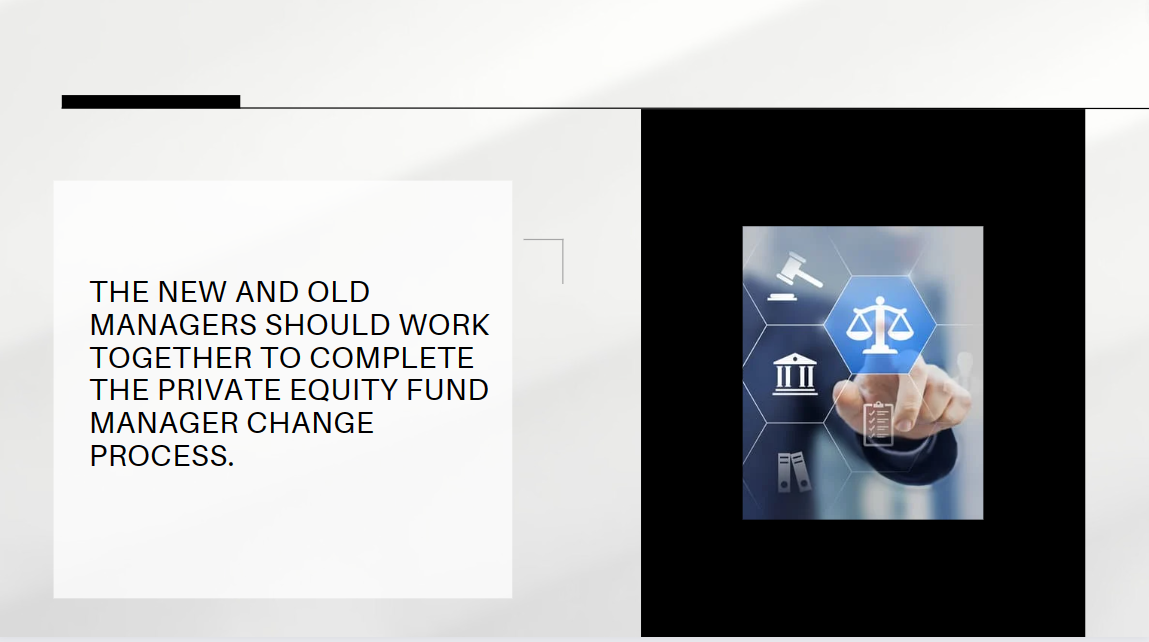

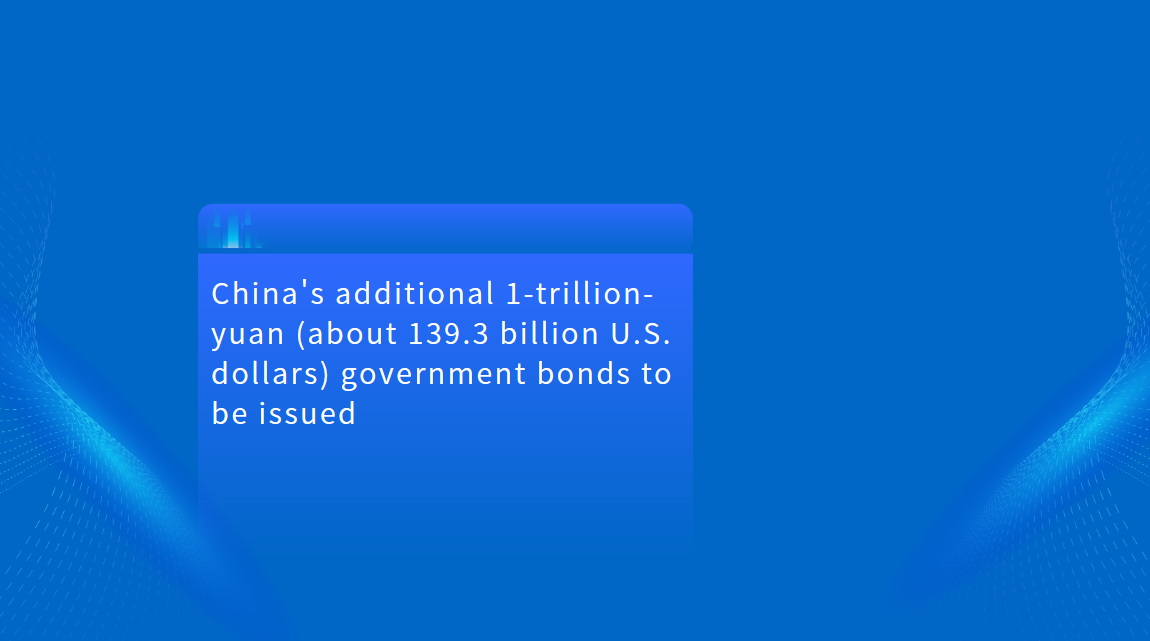

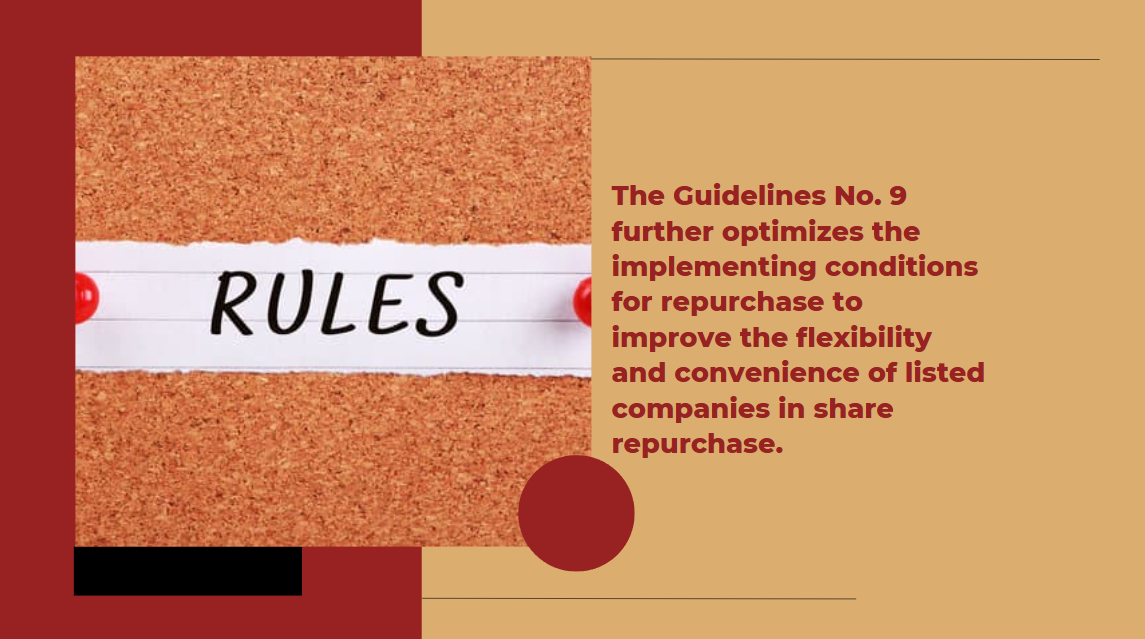

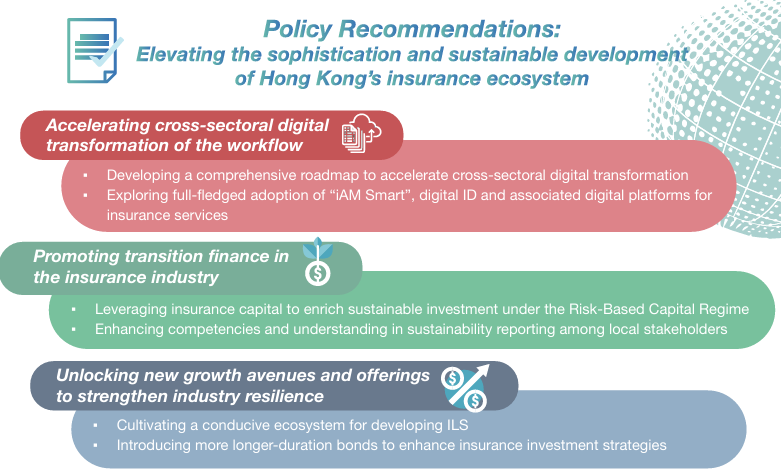


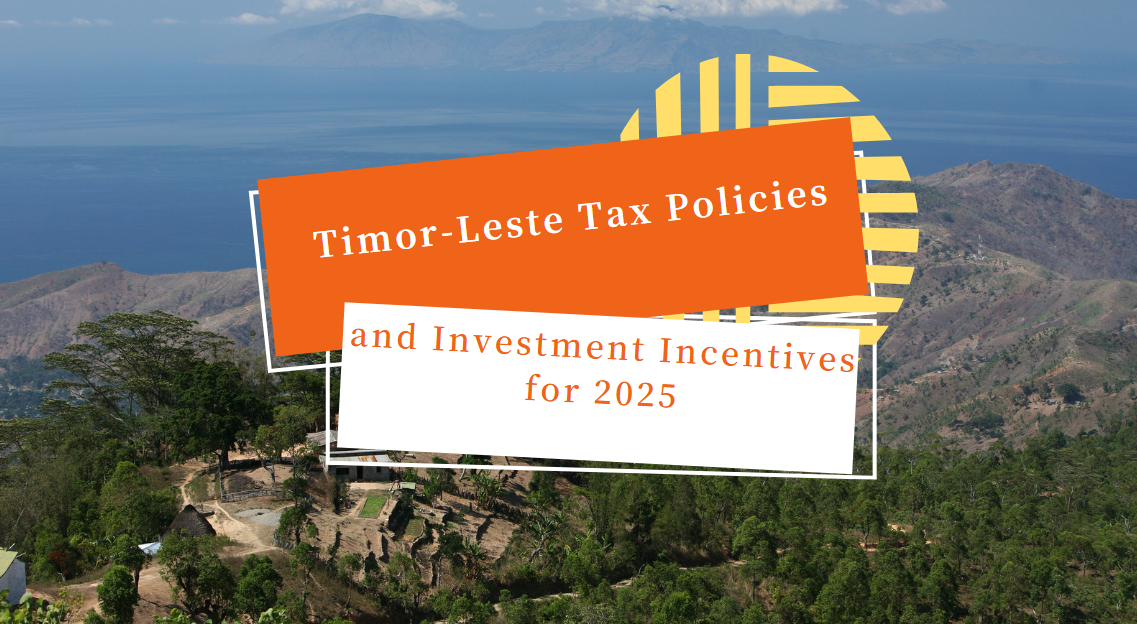


























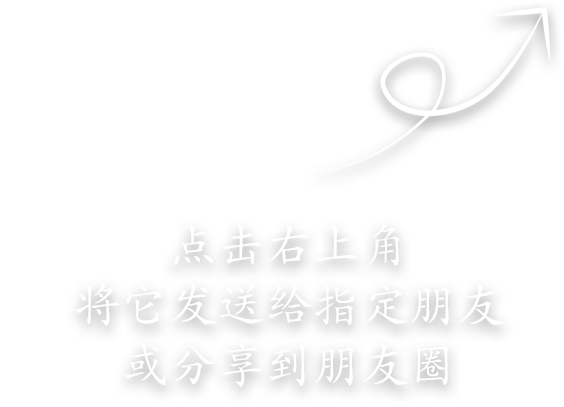
First, please LoginComment After ~